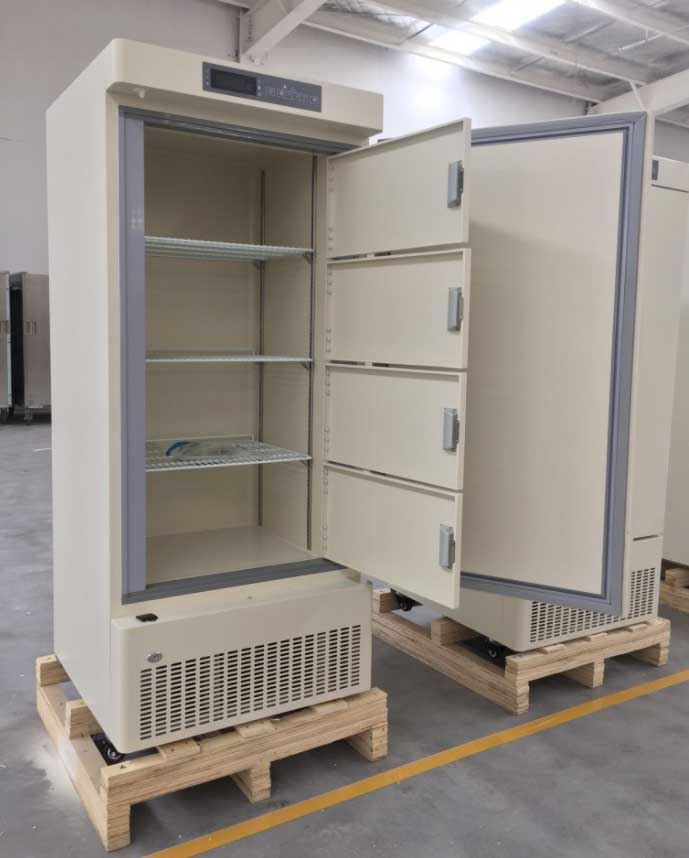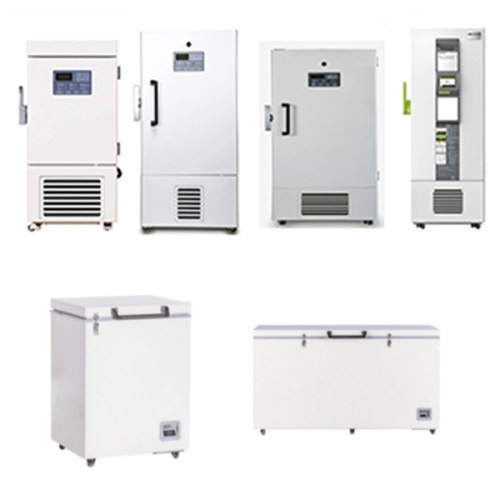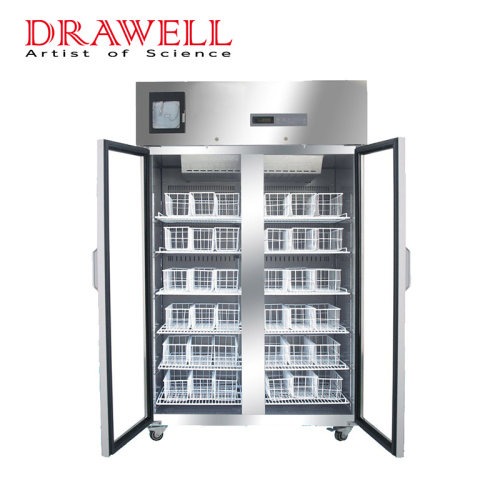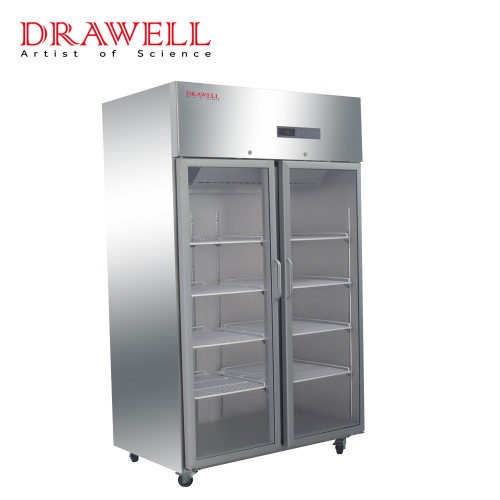Laboratory refrigerators mainly include the blood bank refrigerator and ultra low temperature refrigerator. To help you use laboratory refrigerators correctly, this post will introduce you to precautions for laboratory refrigerators, especially for the ultra-low temperature refrigerator.

5 Precautions for Laboratory refrigerators
These precautions are available for all laboratory refrigerators like the blood bank refrigerator and the ultra-low temperature refrigerator. Here are 5 precautions for lab refrigerators.
- If the lab refrigerator exceeds the service life, it shall be discarded forcibly. If the use time of the lab refrigerator has not expired, but the damage is serious and cannot be repaired, it must also be scrapped.
- For existing laboratory refrigerators storing chemical reagents and flammable and explosive items, explosion-proof transformation must be implemented. Laboratory refrigerators that have not been modified and have been used for more than 10 years cannot be used to store chemicals. Laboratory refrigerators that have been modified can extend their service life to 12 years. If the lab refrigerator is a frost-free refrigerator, since it cannot be modified, its use must be changed, and it can only store ordinary items.
- It is strictly forbidden to pile up flammable and explosive materials, gas cylinders, and sundries near the lab refrigerator, and keep the laboratory ventilated.
- When using the lab refrigerator, it should be noted that when moving the lab refrigerator, it should not be crooked or tilted. Laboratory refrigerators should be moved flat and moved, to avoid the leakage of cold oil and damage to the compressor.
- Inspection machine-qualified confirmation is necessary. For the first use or power outage (including power outage) for more than 10 hours, laboratory refrigerators must be inspected before use (or before powering on again).

7 Precautions for Ultra-low Temperature Refrigerators
Ultra-low temperature refrigerators, also known as ULT freezers, are used to preserve drugs, vaccines, enzymes, hormones, stem cells, platelets, and specimens extracted from the human body, germplasm banks of plant seeds, and gene cloning Libraries and storage of some important biological and chemical reagents. The more common is -86 degrees ultra-low temperature refrigerator. These laboratory refrigerators that take unique refrigeration method is about 30% more efficient than traditional methods. As for the unique condensation method, half natural convection, half air cooling, even if the air condenser is dirty and blocked, it is not easy to cause damage to the compressor. The lab refrigeration uses environmentally friendly fluorine-free refrigerants. These precautions are for the ultra-low temperature refrigerator. Here are 7 precautions.
- Please configure an overcurrent and leakage protection switch for the ultra-low temperature refrigerator, as it cannot share the same power socket with other laboratory refrigerators or equipment.
- The lab refrigerator should be placed in a ventilated place, and the operating ambient temperature should not exceed 30°C. If the ambient temperature cannot be guaranteed, when the ambient temperature exceeds 30°C, please set the temperature of the refrigerator at about -75°C.
- When you take items out of the ultra-low temperature refrigerator, please wear antifreeze gloves to avoid frostbite.
- Do not use glass (and other materials that are not resistant to low temperature) containers to store items that need to be frozen to prevent the container from bursting.
- It is strictly forbidden to put volatile, flammable, explosive, and other dangerous items in the ultra-low temperature refrigerator.
- The appearance of lab refrigerator cannot be washed directly with water, which will easily lead to electric leakage of the ultra-low temperature refrigerator.
- Do not put too many items that have not been frozen at one time. If you need to put too many items, you must put them in batches one by one. When the temperature of the first batch of items reaches the set temperature, you can put them in the next batch. Otherwise, if the lab refrigerator is overloaded for a long time, it will harm the compressor, or even damage the compressor.
In summary, you can read the above precaution before you use laboratory refrigerators. In addition, you can contact the laboratory refrigerator supplier to solve all your doubts. If you buy laboratory refrigerators from Drawell, we can help you solve your problem instantly. Drawell can provide laboratory refrigerators like 4℃ Blood Bank Refrigerators, -86℃ Refrigerator, and 2~8℃ Refrigerator.





